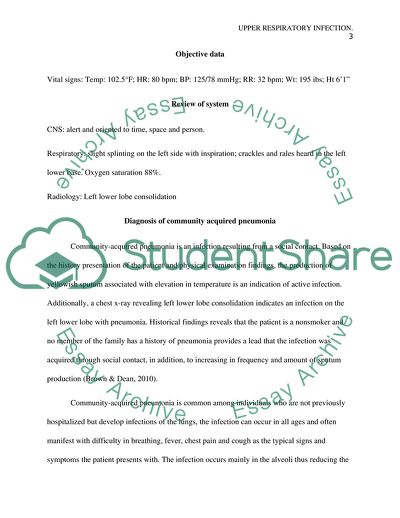Cite this document
(Upper Respiratory Infection Essay Example | Topics and Well Written Essays - 1000 words, n.d.)
Upper Respiratory Infection Essay Example | Topics and Well Written Essays - 1000 words. https://studentshare.org/medical-science/1860675-upper-respiratory-infection
Upper Respiratory Infection Essay Example | Topics and Well Written Essays - 1000 words. https://studentshare.org/medical-science/1860675-upper-respiratory-infection
(Upper Respiratory Infection Essay Example | Topics and Well Written Essays - 1000 Words)
Upper Respiratory Infection Essay Example | Topics and Well Written Essays - 1000 Words. https://studentshare.org/medical-science/1860675-upper-respiratory-infection.
Upper Respiratory Infection Essay Example | Topics and Well Written Essays - 1000 Words. https://studentshare.org/medical-science/1860675-upper-respiratory-infection.
“Upper Respiratory Infection Essay Example | Topics and Well Written Essays - 1000 Words”. https://studentshare.org/medical-science/1860675-upper-respiratory-infection.


